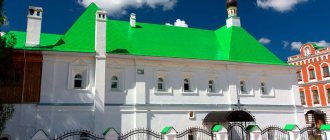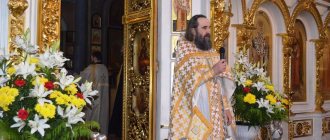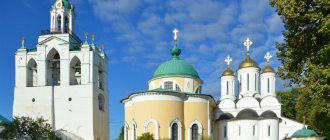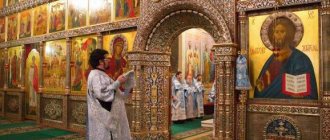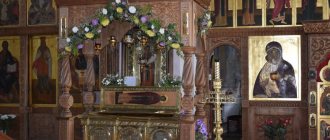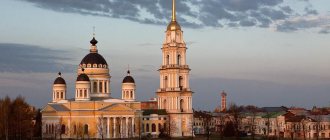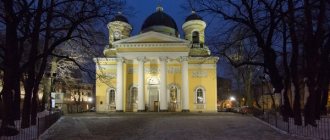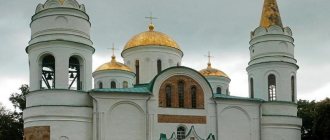The Spaso-Preobrazhensky Monastery is one of the main attractions of Yaroslavl. Great events took place within its walls; he became a witness and participant in the most important historical and turning points in the life of the city; he was originally intended to play the role of protector, guardian and spiritual mentor. Today, one of the most ancient monasteries in Russia is a cultural heritage site. Its architectural and artistic wealth and unique historical heritage constitute the main fund of the Yaroslavl Museum-Reserve, which has the status of state significance.
Spaso-Preobrazhensky Monastery, © Maria Chakhnashvili
History of the Spaso-Preobrazhensky Monastery
The wooden structure was erected in the 12th century on the left bank of the Kotorosl River, near the crossing. In the system of city defensive lines, it was allocated a strategically correct location, ensuring protection of the city from attacks by enemies from the western borders.
Hotels near the Spaso-Preobrazhensky Monastery (Yaroslavl)
There is no reliable evidence about the exact date of foundation of the monastery, but the first mention of it was preserved in the chronicles for 1186. Exactly thirty years later, in another historical document, the beginning of the construction of the stone Transfiguration Cathedral was noted.
Spaso-Preobrazhensky Cathedral, © Ena
At the beginning of the 13th century, a religious school and a collection of handwritten books, rich for that time, appeared within the walls of the monastery. A small Church of the Entrance to Jerusalem was erected on the territory, which has not survived to this day. The Spaso-Preobrazhensky Monastery turned into the religious and cultural center of the Yaroslavl principality. The confessors of appanage princes allowed themselves to interfere in the politics and private lives of their charges, remaining, however, always on their side. Representatives of the princely family were buried in the Cathedral until the final entry of Yaroslavl into the Moscow Principality in 1471.
In the Yaroslavl Monastery, the miracle-working princes Fyodor, David and Konstantin, revered in Orthodoxy, metropolitans, archbishops and local governor F. J. Friede (1838-1896), who earned the respect of the townspeople, were buried.
In 1501, a severe fire occurred in the Spaso-Preobrazhensky Monastery, as a result of which most of the buildings suffered serious damage. The cathedral had to be dismantled, but the foundation turned out to be so strong that they decided not to dismantle it, but to use it as the basis for a new stone cathedral. The structure was erected in the image and likeness of Moscow churches and consecrated in 1516. The ancient structure is today under state protection.
In the middle of the 16th century, the monastery was surrounded by stone walls. It was they who made it possible to survive the siege of the Time of Troubles.
Internal walls of the Spaso-Preobrazhensky Monastery, © Ena
The Spaso-Preobrazhensky Monastery was the most fortified of all urban buildings in Yaroslavl. Ivan the Terrible loved to visit here, and Minin and Pozharsky received blessings here when setting off on a liberation campaign against Moscow. In the 17th century, the complex expanded rapidly, new structures were erected, external walls were expanded and strengthened. The monastic settlement consisted of more than 300 households, and the influence of the clergy grew steadily.
Quiet evening?
It was an unexpected feeling in the evening when we went to bed and turned off the light. And around us there is complete silence! After city life with its noises that you try not to notice, this sound vacuum was so unusual and put a lot of pressure on the ears.
But, apparently, in order not to get used to such ideal silence and to preserve our psyche, we only had to spend one night like this. The next one was the complete opposite of the first. It turned out that we unexpectedly became participants in the celebration of Murom City Day, so on the 2nd night we fell asleep to the sounds of fireworks and performances of Russian singers from the stage, which was located on the banks of the Oka. Those. as usual at home.
